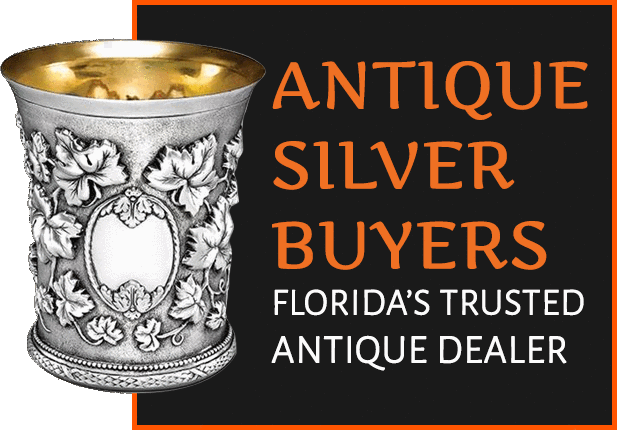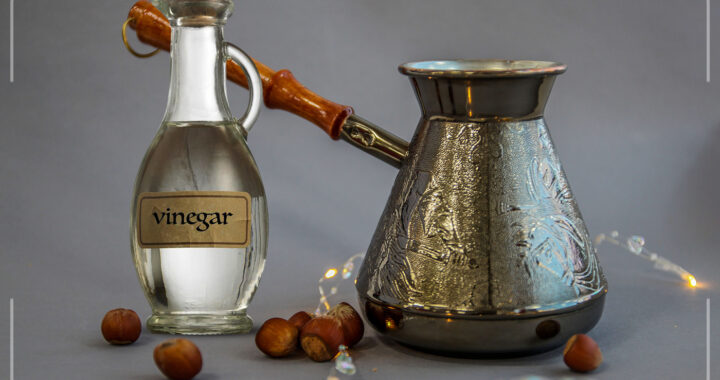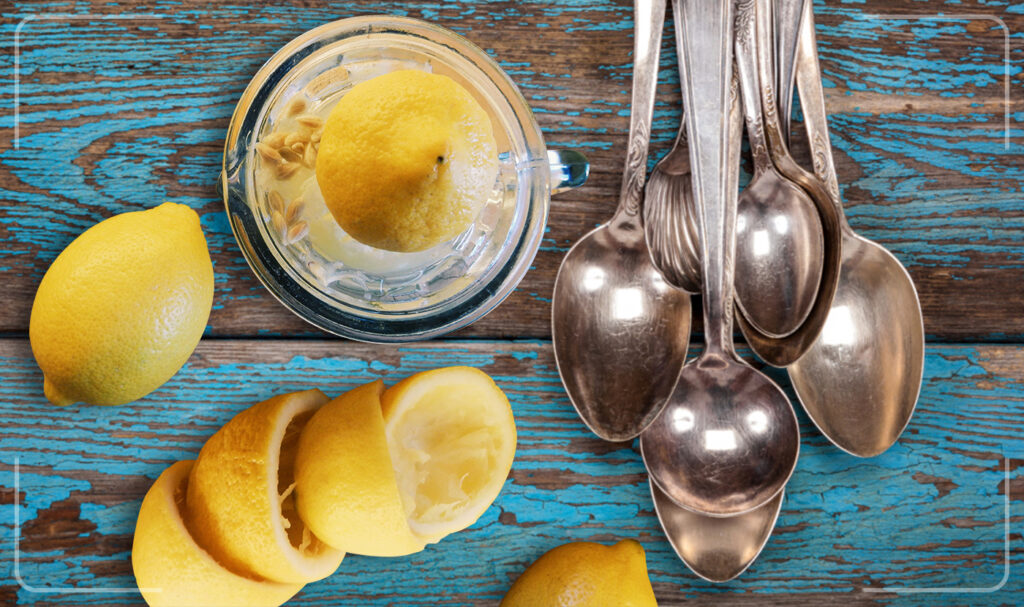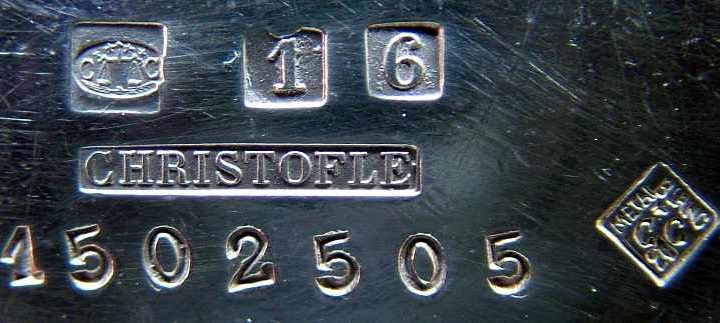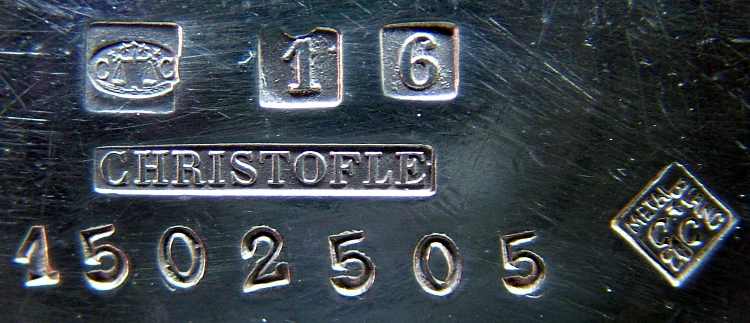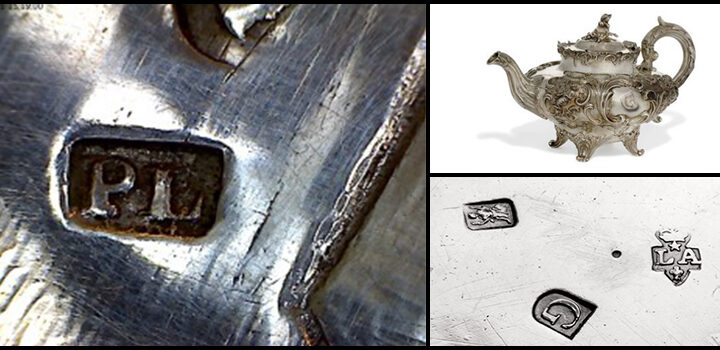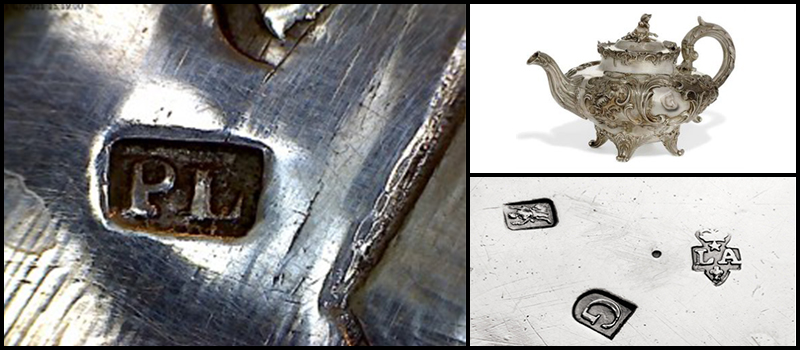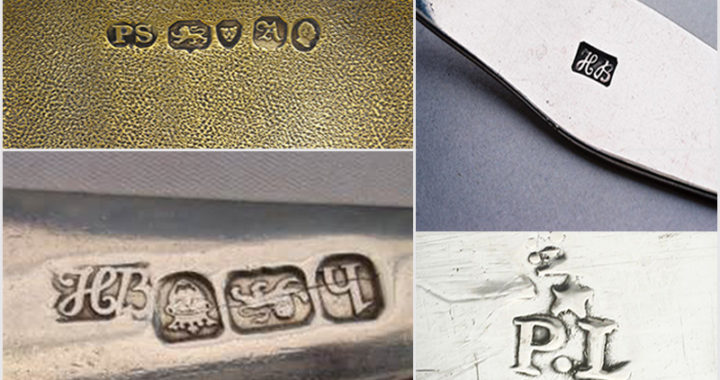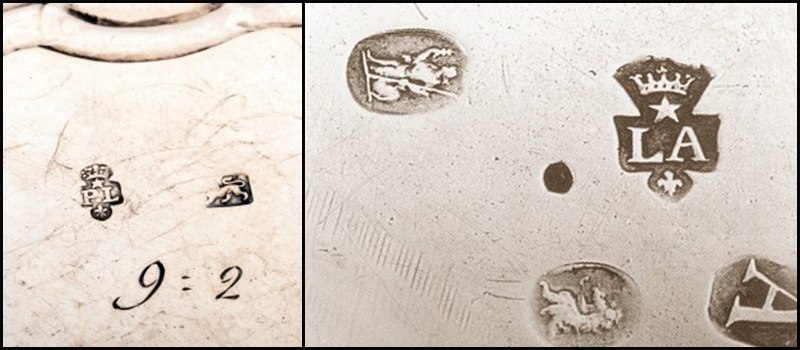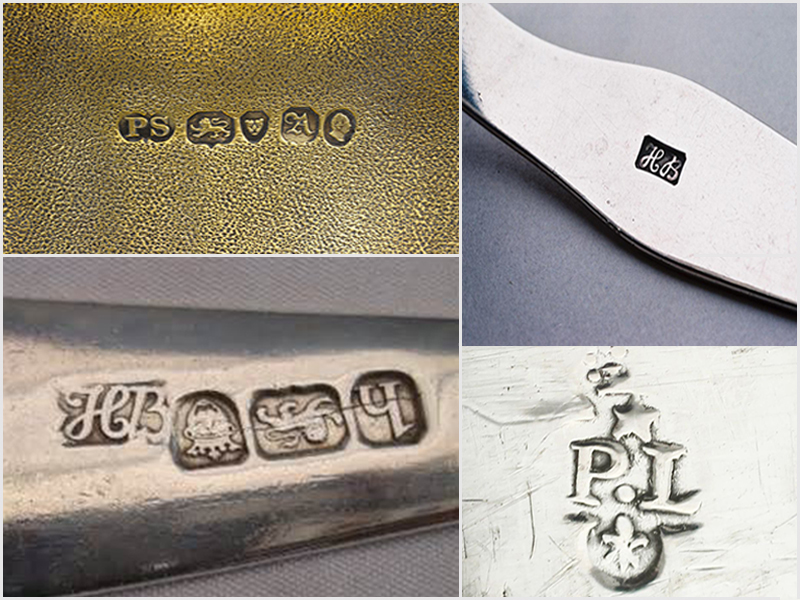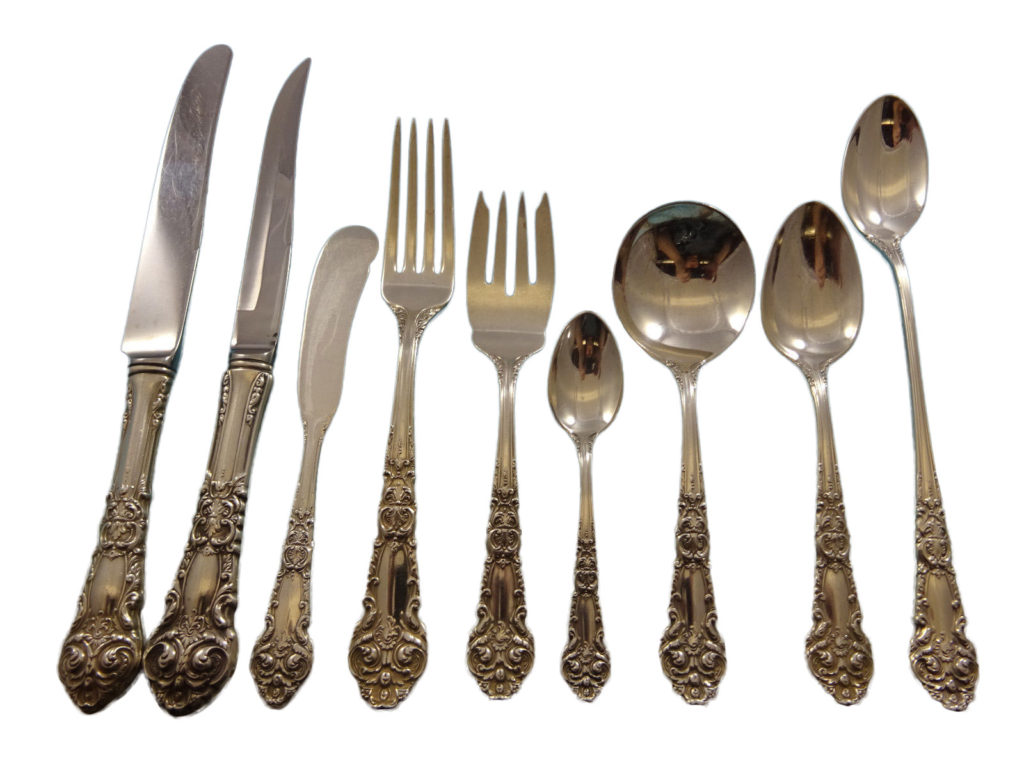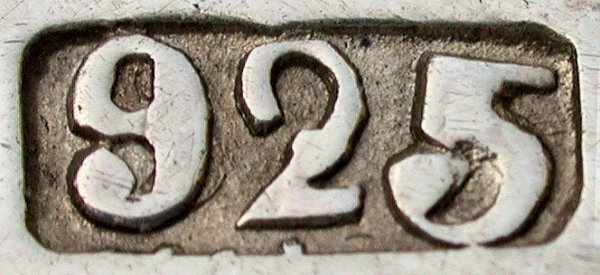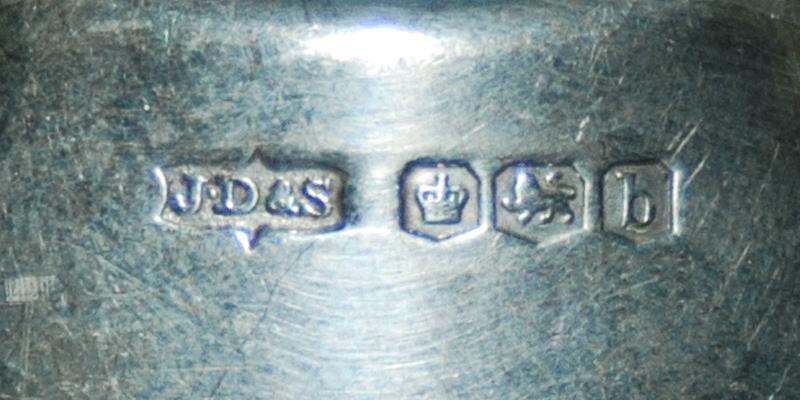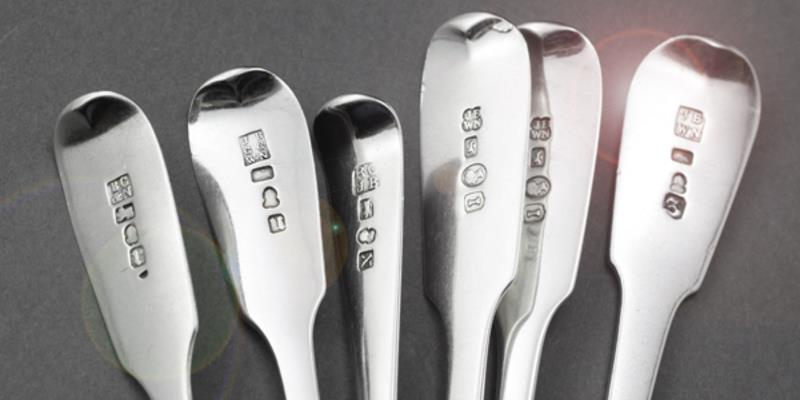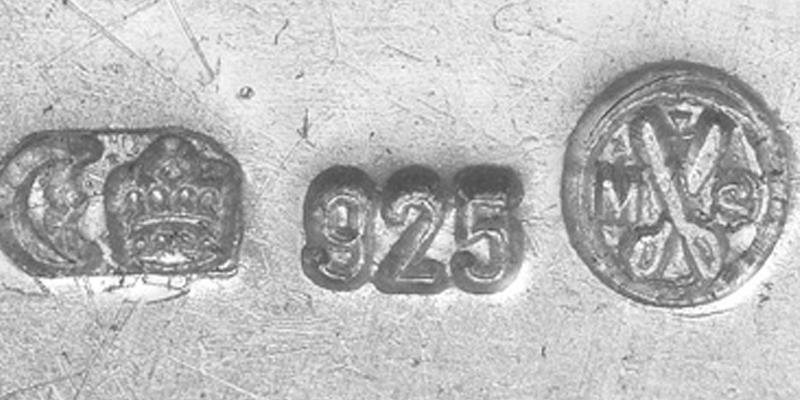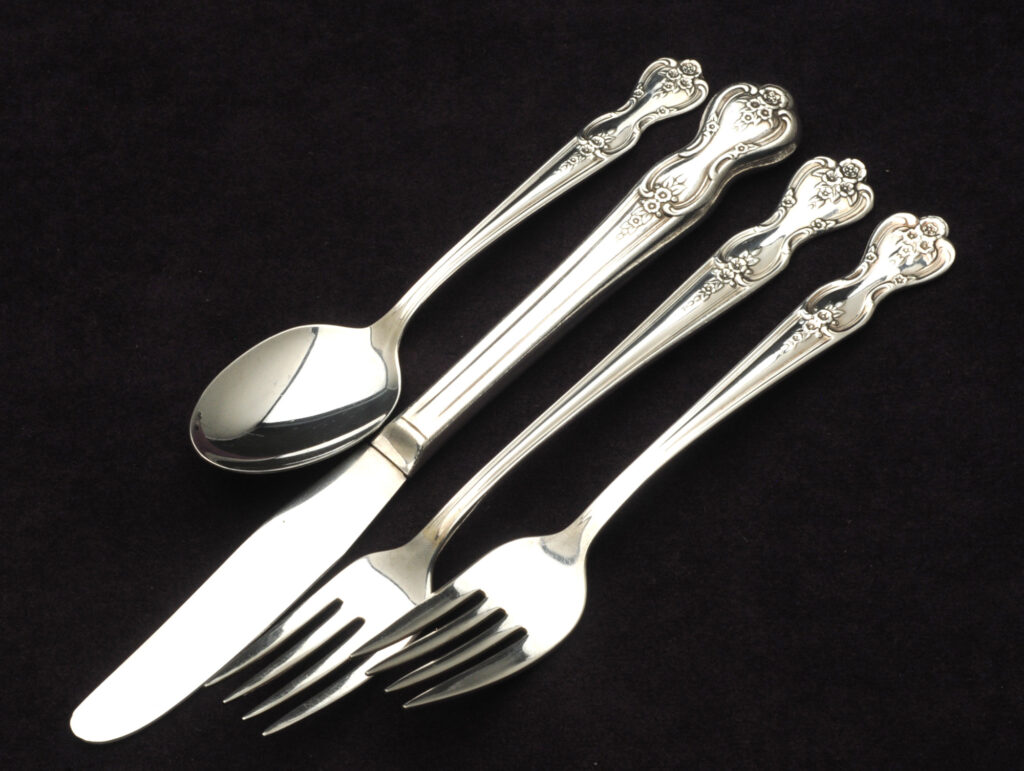Do you have a silver collection at home but aren’t sure of the silver composition? It is possible that your silverware or other antiques are silver plated, but you might also have something more valuable – sterling silver or Britannia silver. While Britannia silver is typically more expensive than sterling silver antiques, both can be indicative of valuable pieces, and it is important to know the difference between the two.
What is 92.5 Sterling Silver?
Sterling silver is a silver alloy that contains 92.5% silver by weight. The other 7.5% of its composition is made of other metals, mostly copper, and antiques often denote their sterling silver composition with a “925” or “sterling” hallmark. Historically, sterling silver has been used for a variety of eating utensils, flatware, and other serving items, and there are many sterling silver pieces that are prized as antiques today.
Sterling silver has long been heralded for its versatile applications and lustrous finish. Sterling silver is harder than gold, but it is considered to be one of the most pliable metals. This malleability makes it easy to use sterling silver to create various forms and shapes, and there are many prized antiques that are made from this metal.
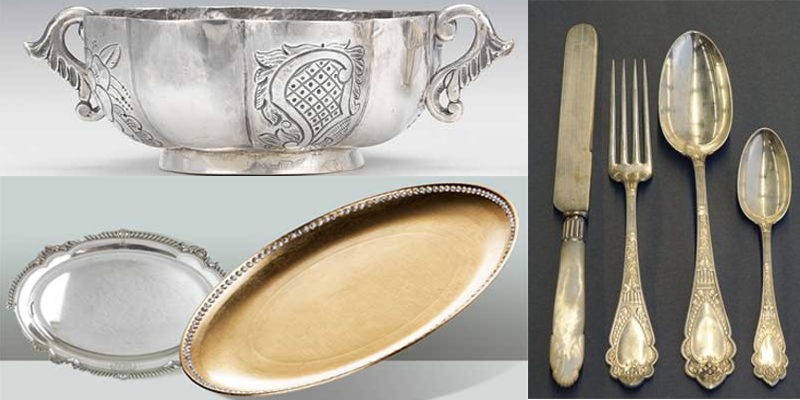
What is Britannia Silver?
The Britannia standard of silver was developed in 1697 as a way to prevent British sterling coins from being melted to create silver plate. Unlike sterling silver, which is made of 92.5% silver, Britannia silver is composed of at least 95.84% pure silver. The other 4.16% of its composition is made of copper and other metals. Britannia silver is also more expensive and less robust than sterling silver.
There are several marks that can indicate a piece is Britannia silver. The Britannia figure is widely recognized and was the first of the Britannia silver marks introduced to indicate. 958 silver fineness. Later, a “lions head erased” mark was introduced for the Worshipful Company of Goldsmiths. The number “958” is also stamped on Britannia silver pieces.
Is Your Piece Sterling or Britannia Silver?
The hallmarks on your silver item are the best way to determine if your piece is sterling silver or Britannia. However, if you are unsure of the silver composition – or if you simply want to learn more about the value of your piece – there are resources that can help. An auction house, antique dealer, or appraiser can provide you some helpful guidance on what exactly you have with your silver piece.
